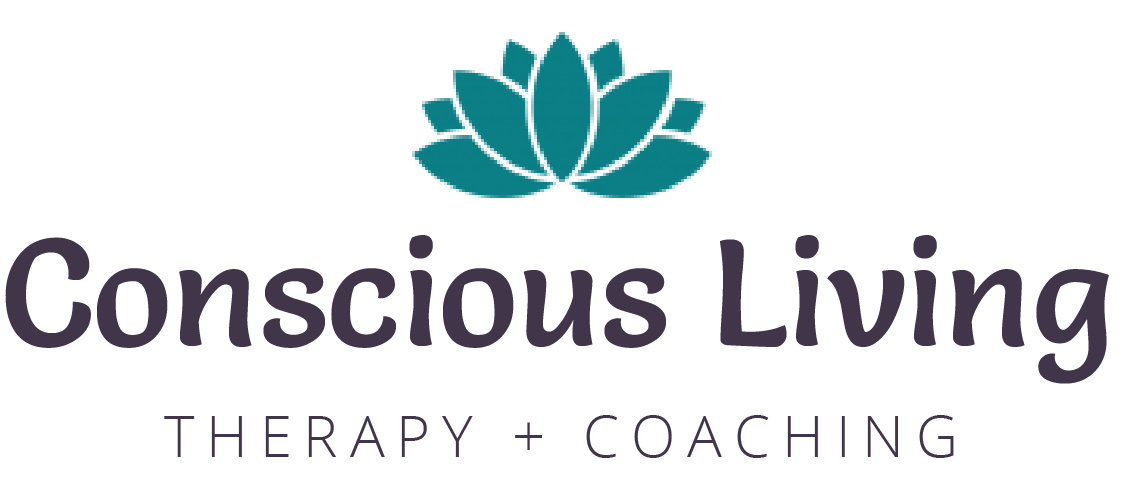Narcissistic Traits vs. NPD: Key differences, red flags, and how to begin healing
A quick scroll on social media may lead you to believe that everyone is a narcissist today. But while narcissistic personality traits may abound, only an estimated 1-2% of the population has Narcissistic Personality Disorder (NPD).
Why does this matter?
It’s become way too easy to label your co-worker, boss, ex, or mother-in-law as a narcissist, but pathologizing behavior with labels is not always the best approach. By understanding the difference between the character traits and the disorder, we’re able to respond better with more mindfulness, compassion, and accuracy. We’re also able to know when and how to cautiously lean in with authenticity vs run for the hills.
What is Narcissistic Personality Disorder (NPD)?
Narcissistic Personality Disorder (NPD) is a clinically diagnosable mental disorder where an individual will have an inflated sense of self-importance, an insatiable need for admiration-based attention, and a general lack of empathy for others. In other words, they are not a Healthy Adult. People with NPD have a track record of highly toxic relationships due to their tendency to exploit, abuse, and manipulate others to accomplish their goals.
The DSM-5 lists nine primary characteristics for NPD:
1.) Grandiose sense of self-importance
2.) Little to no empathy
3.) Arrogant fantasies about power and success
4.) Entitlement
5.) Little to no self-awareness
6.) Intense need for praise, admiration, and validation
7.) Manipulative or exploitive interpersonal behavior
8.) Highly competitive, distrustful, and jealous
9.) Severely judgmental and critical of others
If an individual strongly exhibits at least five or more of these ‘signs’ consistently over time, then they may be diagnosed with NPD.
Narcissistic traits vs NPD
Unlike NPD, narcissistic traits exist on a spectrum, and it is possible for an individual to exhibit narcissistic characteristics without being a true narcissist. The key here is severity, frequency, and motivation.
For instance, associating a positive self-image with the greater good is a natural part of psychological development – especially for children and adolescents. It’s normal for children and adolescents to have a bit of an inflated self-image and daydream about being superheroes, famous athletes, or inspirational musicians. Even for adults, it’s possible for extremely high self-esteem to be balanced with prosocial behaviors.
Of course, there is a difference between influence and exploitation, but the point is that more often than not, people are not narcissists – they’re emotionally immature or have a victim mindset.
Common misconceptions about Narcissism
Narcissists are outgoing and charismatic.
Not all narcissists are extroverted or antagonistic. Introverted narcissists, covert narcissists, and vulnerable narcissists can be just as insidious and manipulative.
Narcissists are attracted to empathic or codependent individuals.
Yes and no. Ultimately, narcissists are drawn to anyone they think they can control, especially individuals with weak or no boundaries. While this does make empathetic or codependent individuals especially susceptible, narcissists do not target them exclusively.
Signs of Narcissism – Recognizing red flags
Narcissistic characteristics vs Narcissistic Personality Disorder (NPD)
Whenever there is a clear lack of remorse or empathy, little or no respect for others or the greater good, and a consistent pattern of self-centered, attention-seeking, exploitive behavior… those are clear signs that someone is not living in their Healthy Adult and may be a narcissist. However, when it comes to narcissism, there are some specific red flags to keep in mind.
Narcissist (NPD) red flags
Often exaggerates their success or put others down to reinforce their ‘superior’ self-image.
They have extremely fragile egos and rely on maladaptive coping strategies such as abuse, exploitation, angry outbursts, etc. to protect their image.
Uses devious, exploitive, and abusive tactics (triangulating, stonewalling, blackmailing, etc.) to get what they want.
Feels no remorse or empathy.
Narcissistic traits red flags
May have a strong sense of self-importance – typically founded in a heroic ideal for some greater good.
They are extremely insecure, and use defensiveness, denial, projection, rationalization, etc. to protect or defend their sense of self.
May leverage their ability to influence others to get what they want, such as through guilt tripping, or bargaining.
Rationalizes and justifies behavior to distance feelings of guilt.
The Narcissistic Trademark Cycle
Phase 1 – Idealization
The cycle begins when a narcissist focuses on an individual as the ‘be all end all’ fantasy – the one to perfectly meet all their needs. Then, they love bomb to gain control or fast-track emotional intimacy.We all have the innate capacity for growth, and with practice, each of us can become a more emotionally mature and healthy adult. When it comes to healing emotional immaturity, perfection is not the goal.
Phase 2 – Devaluing
Once a narcissist realizes that the apple of their eye (read: victim) has their own emotional needs, flaws, or boundaries, they default into devaluation as a defense mechanism. Devaluing looks like severe criticism, belittling, withholding affection, gaslighting, triangulation, or hot-and-cold behaviors to destabilize the partner’s emotional sense of security.
Note: The key sign during this stage is a lack of accountability. A narcissist will not take any accountability for their actions. Everything will be yours or someone else’s fault.
Phase 3 – Discard
Whether it’s a parent-child or romantic couple dynamic, all narcissists require three things from the other person in the relationship: usefulness (catering to their needs), excellence (making them look good), and controllability. Once those needs stop being met, a narcissist will drop or abandon the relationship without empathy or a second thought.
How to heal from a Narcissistic Relationship
Healing begins when the cycle of narcissistic abuse is interrupted. While every path to recovery is unique, here are a few key tips to keep in mind:
1.) Create distance.
Healing from a narcissistic relationship requires physical boundaries. This isn’t about punishment; it’s about protection. If going no contact is not possible, aim for highly limited contact and keep communication structured, minimal, and emotionless. Gray rocking – where you act like an emotionally unresponsive gray rock – is one of the best ways to deflect the attention of toxic or manipulative individuals.
Read more: The power of a health NO: Types of boundaries and how to set them
2.) Reclaim your voice and sense of self.
Narcissists’ abuse can leave you feeling completely detached from yourself and extremely vulnerable. Healing comes from embracing this vulnerability and compassionately reconnecting with your authentic truth. Through better self-understanding and self-nurturing, it is possible to re-build self-trust, reclaim your identity, and enjoy life and relationships again.
Read more: The truth about self-love & 30 Meaningful ways to practice self-love
3.) Consider professional mental health support.
Narcissistic relationships can create deeply painful and complex inner wounds. Trauma-informed therapy can help you rediscover your values and unlearn the toxic dynamics that were projected on you. Additionally, trauma-informed therapy and compassionate Adult Chair coaching can help you identify and communicate your boundaries with confidence and grace as a Healthy Adult.
Read more: Asking for help: When to ask, how to ask, and why asking for help can be so hard
One final note…
Friend, if you’ve survived a narcissistic relationship, my heart goes out to you. Nothing hurts quite like relational wounding – especially from someone you trusted. Please be kind and patient with yourself. Healing takes time and emotional relapses are normal. If you would like some professional support as you ‘do the work’ and navigate the messy middle of healing, please contact me. I’m here for you.
Let’s Connect
Hi there! I’m Jenny, a licensed Holistic Therapist (LISW-CP) and Certified Adult Chair® Master Coach.
I combine both therapy and coaching methodologies to provide my clients with a holistic perspective and the techniques they need to flourish. Rediscovering who you were always meant to be is an act of courage, and radical self-love can turn unconscious paralysis into conscious, authentic growth. Learn more about me here.




